
It has the potential to erode our national security by risking sensitive information and data being available to hackers, our enemies, or those who would harm Americans.” These are the words of Rep. Stephen F. Lynch (D-MA) that reflect the dismay surrounding the installation of a Starlink terminal on top of the White House in recent days. As satellite internet heralds speed and toughness, its arrival in the center of U.S. executive power has set off a chain of security, political, and ethical concerns. The Starlink saga is not just a technological leap—it’s a hot button in the long-standing issue of the role of private tech monopolies in national security, the risks of next-gen communications, and the evolving lines between public good and private profit. The following is a minute analysis of the most pertinent concerns emerging from this unprecedented phenomenon.
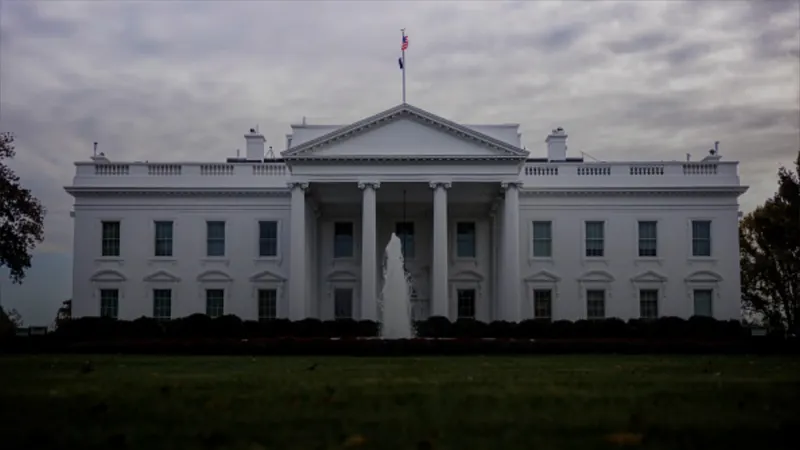
1. Starlink’s Unorthodox Visit to the White House
The deployment of the Starlink terminal on the roof of the White House was far from normal. The Washington Post reports that the Department of Government Efficiency (DOGE) crew headed by Musk installed the system in February without notice to the White House communications team, sparking a showdown with the Secret Service. The system was directly linked to the Eisenhower Executive Office Building, subverting normal government authentication processes and permitting access by way of a plain text password, not the usual multi-factor authentication. This action allowed devices to potentially avoid network monitoring and send unmonitored data—a significant change from the discipline demanded by federal IT environments. Secret Service spokesman Anthony Guglielmi verified the agency knew of the installation but maintained, “We did not view this as a matter of security incident or security breach.”

2. National Security Risks: Blind Spots and Data Leaks
Experts and lawmakers immediately pointed to the Starlink installation as a likely vehicle for national security threats. In contrast to other government Wi-Fi, the Starlink “Guest” network needed only a password, leaving out important security measures like tracking users and two-factor authentication. This setup may enable sensitive information to escape undetected, or malware to infiltrate undetected, threatening data breaches or hacking. As three sources informed the Washington Post, since there is no logging and authentication, “malicious software could penetrate the building unnoticed, with an even greater threat than data breaches.” The Department of Defense and other agencies have reportedly utilized Starlink for vital missions, further intensifying concerns regarding the system’s limitations in monitoring.
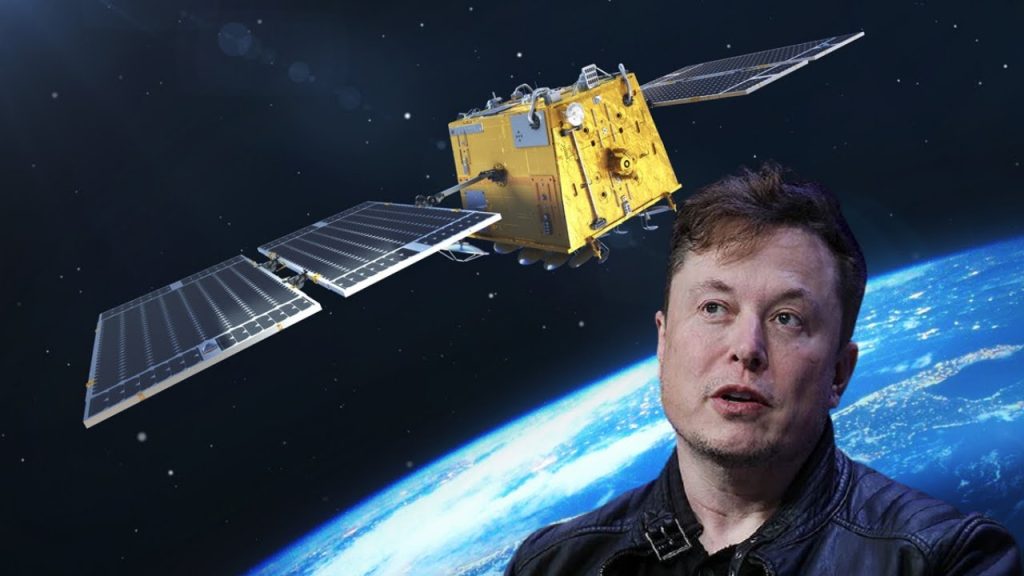
3. Lawmakers Sound the Alarm Over Conflicts of Interest
The Starlink incident has fueled criticism of Elon Musk’s double role as a government advisor and a federal contractor. House Oversight Democrats, Reps. Gerry Connolly and Shontel Brown, among them, have called for documents that explain the legality and conditions of the Starlink gift and how extensively it is being used at other agencies. Their letter pointed out, “His dual role as the beneficiary of federal contracts and a White House adviser provides a valuable and glaring conflict of interest, increasing the likelihood of undue influence and possible abuse of federal contracts for personal or corporate enrichment.” Even though Musk committed to recusing himself from conflicts, there is no public file of a conflict of interest waiver, in contrast to other high-profile adviser faculties. This uncertainty has fueled continued investigations and demands for tighter controls.
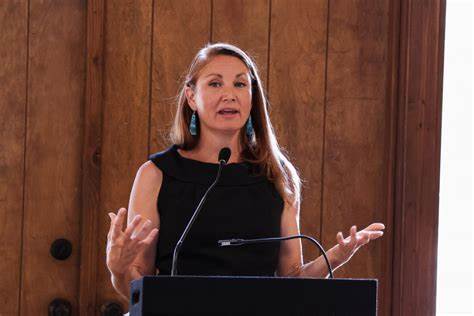
4. Political Obstructionism and Legislative Stalemate
Attempts to investigate Musk’s government engagement have been met with considerable political resistance. The latest move by House Oversight Democrats to obtain documents regarding Musk’s role and contracts was thwarted by Republicans, which highlights the partisan divide. Rep. Melanie Stansbury (D-N.M.) said, “The political reality of the day is that Democrats are the resistance to the attempt to plunder the federal government on behalf of Elon Musk and President Trump.” With litigation and procedural tactics now on the table, the fate of more extensive investigations hangs in the balance, as worries over influence and accountability escalate.
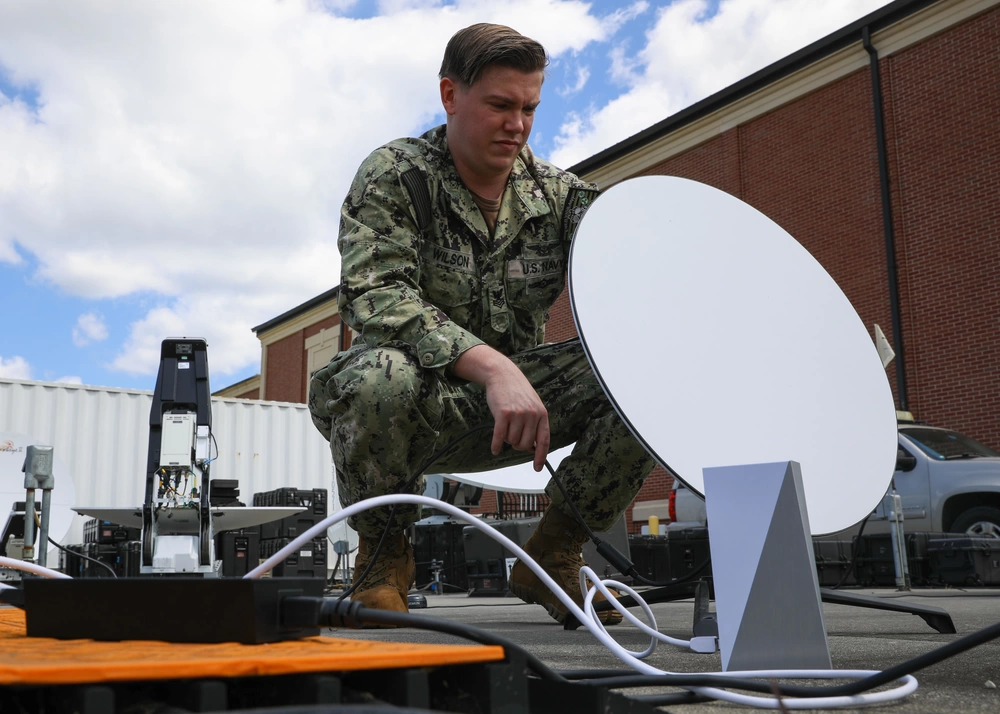
5. Starlink’s Growing Role in U.S. Military and Government
Outside the White House, Starlink’s integration into federal operations is speeding up. The Department of Defense, Department of Homeland Security, and even the Federal Aviation Administration have tested or taken up Starlink for mission-critical communication. The Navy has outfitted vessels such as the USS Gerald R. Ford and USS Dwight D. Eisenhower with Starlink, whereas the Marine Corps employs ruggedized Starshield terminals in contested areas. As the Pentagon’s dependence increases, so do concerns regarding the system’s resiliency and the risks of putting essential infrastructure in the hands of a foreign-owned company with international interests.
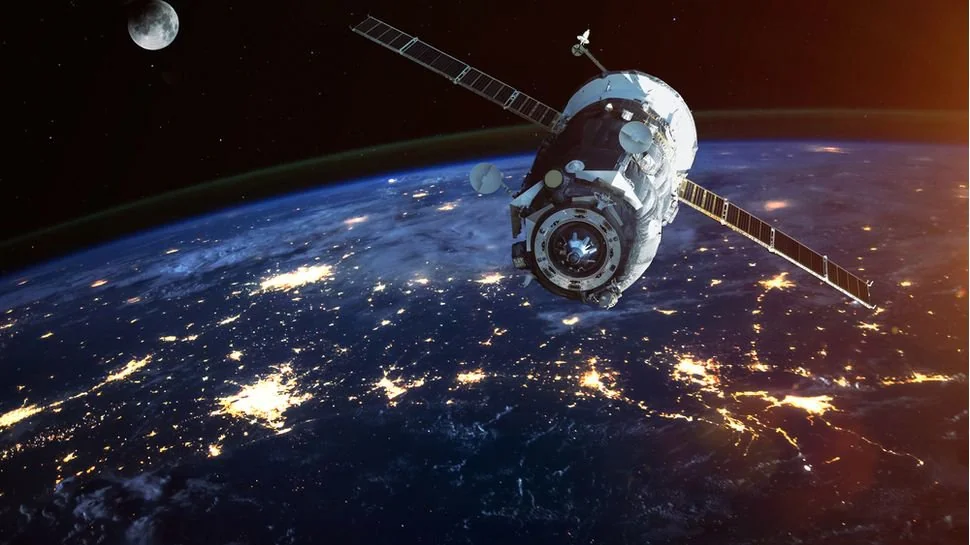
6. Technical Strengths and Security Flaws of Starlink
Technical attractiveness of Starlink is indisputable: worldwide coverage, low latency, and high bandwidth. Its design—tens of thousands of low-Earth orbit satellites—brings internet connectivity to far-flung or devastated areas, a godsend for both civilian and military customers. Nevertheless, cybersecurity professionals point out that the speed of deployment and commercial off-the-shelf components used pose vulnerabilities. Hardware attacks on Starlink terminals have been proven by researchers with cheap mod chips, and recent malware operations have exploited the network through compromised mobile devices. The European Union Agency for Cybersecurity (ENISA) identified supply chain threats, legacy system vulnerabilities, and the ability to secure such a vast, fast-changing infrastructure as concerns.
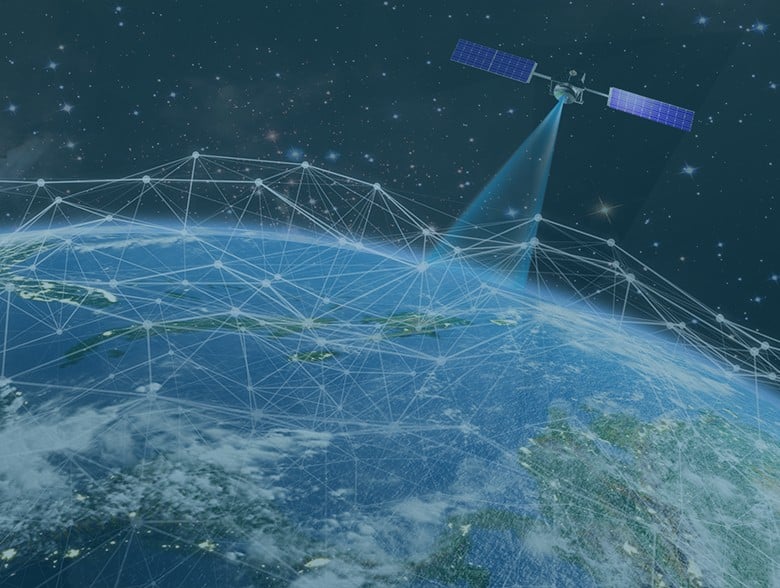
7. Satellite Internet’s Distinct Cybersecurity Challenges
Satellite internet is not free of all types of cyber threats. From jamming and denial-of-service attacks to advanced espionage, attackers are testing for vulnerabilities. Opportunities for exploitation exist due to the absence of periodic software patches and weak cryptography shields in some systems. ENISA’s recent report calls for the implementation of quantum-resistant encryption, zero-trust access models, and strict supply chain management to protect against these risks. As ENISA’s executive director Juhan Lepassaar explained, “Digital threats in space are thus very critical. Apart from that, their cascading effect also have the potential to create geopolitical tension. This is the reason that commercial satellites need to be cyber secured at any cost.”
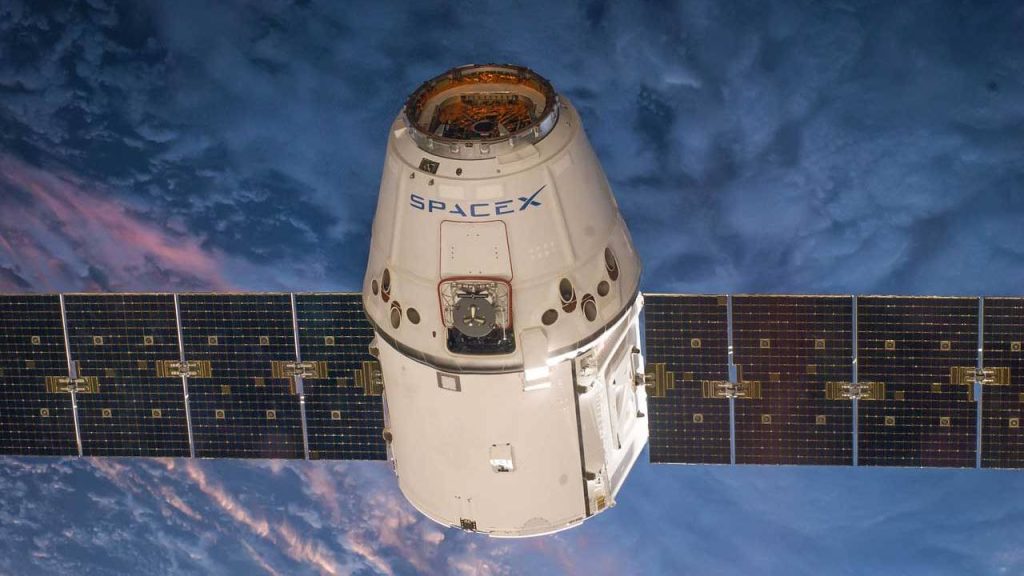
8. International Implications and the Space Dominance Race
Starlink’s quick rollout is remaking the geopolitics. With plans for as many as 42,000 satellites, SpaceX is claiming orbital and frequency resources on a previously unheard-of scale, raising concern among competitors and allies alike. The project’s international scope challenges long-held concepts of information sovereignty and regulation, as overseas satellites do not fall under local control. This creates regulatory loopholes and possible areas of tension, especially as Starlink ventures into new territories and is integrated into cloud computing and military networks globally.
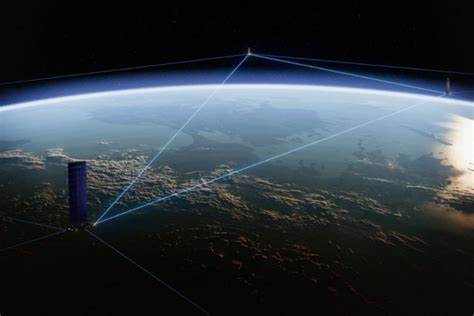
9. The Uncomfortable Nexus of Private Power and Public Security
Arguably the most discomfiting element of the Starlink story is the one-sided concentration of power in the hands of a private entity. Musk’s unilateral intervention on service—preventing Starlink access in Ukraine at a pivotal time—illustrates the danger of exclusive reliance on commercial operators for critical infrastructure. As the Pentagon’s senior spokesman, Maj. Gen. Pat Ryder, explained, “the Defense Department has well-developed processes and procedures to look at things like contracts and services that are person-independent—personality-independent.” Reality is otherwise. With SpaceX’s contracts with the U.S. government multiplying, public interest and private ambition become ever more tangled.
Starlink at the White House is more than a technical aside—it’s a miniature representative of the deep challenges to modern democracies where technology, security, and governance intersect. As space-based internet becomes increasingly central to national infrastructure, the need for vigorous oversight, open governance, and secure cybersecurity intensifies. The issues this episode raises—about the extent of private power, the sufficiency of current protections, and the future of secure communication—will set the terms of policy and public confidence for years to come.


